Vacuum suction valve
Giá gốc là: 55.000 ₫.45.000 ₫Giá hiện tại là: 45.000 ₫.
Cập nhật lần cuối ngày 09/08/2023 lúc 04:04 chiều
“Vacuum suction valve” is the common name for a particular type of device that is widely used in many compressed air systems. However, this term is a popular colloquialism in Vietnam. In reality, this device is not a valve and does not function like conventional valves that are commonly known and used. So, what is the true nature of the “vacuum suction valve”? How does it work? Let’s explore and find out in today’s article with VIVA.
Understanding Vacuum Suction Valves
Vacuum suction valve is a commonly used term to refer to a device that generates a vacuum by applying the Venturi effect. The basic principle of the Venturi effect is that when a fluid flow (in this case, compressed air) is forced through a narrow section, its velocity increases while the pressure decreases.
Therefore, the official name of this device has been internationally standardized as “Venturi vacuum generators.”
Vacuum suction is applied in various activities, including food production, research, and mechanical component fabrication.
Depending on the application field, this pneumatic vacuum device can be customized by adding additional components to optimize its performance for specific working conditions.
The most common types of devices used in conjunction with vacuum suction valves are:
- Vacuum cups: They are used to hold and secure objects during production processes (such as glass panels, metal blocks, boxes, containers, etc.), especially in the manufacturing industry. These vacuum cups are firmly fixed to metal frames, and their suction pads are connected to the vacuum suction valve through compressed air hoses. When activated, these cups tightly grip the objects, and they can release the objects when the compressed air control signal changes.
- Air supply hoses (compressed air hoses): They are used to suck air out of bags and food packaging to increase storage time or to remove air from containers to save space.

Technical specifications of the vacuum suction valve
- Device connection sizes: 1/8″, 1/4″, 3/8″,…
- Operating temperature range: -20℃ to 80℃
- Available materials: Aluminum alloy or plastic
- Negative pressure limit achievable: -0.8 bar
- Compressed air input pressure: 1 bar to 16 bar
- Utilized compressed air flow rate: 44 l/min, 100 l/min, 180 l/min,…
- Medium used by the device: Compressed air
- Origin of manufacture: Taiwan, China, Germany,…
- Warranty period: 12 to 18 months
Structure and Operation of Vacuum Suction Valve
Structure
In reality, there is no standard structure applied to all vacuum suction valves. Instead, they only follow the same basic structural principle, while the detailed structure of the product depends on various factors such as the manufacturing unit and product classification (based on function).
In general, a vacuum suction valve has a relatively simple structure, including:
- Valve body: The valve body is made of two common materials, plastic and aluminum alloy. In practice, the choice of material for constructing the valve body is determined based on specific working conditions. The shape of this component is also diverse, for example, cylindrical valve bodies, rectangular valve bodies, etc. The valve body is designed with screw holes to secure the device to the system during operation.
- Vacuum inlet port: The inlet port is arranged perpendicular to the airflow path inside the valve body. The inlet port is designed to connect with various types of vacuum suction connectors.
- Compressed air supply port: This is the location connected to the air hose supplying compressed air, allowing compressed air from the compressed air system to enter the valve body.
- Compressed air outlet port: During operation, compressed air will be discharged into the environment through this port.

Operation
The operation principle of a vacuum suction valve is based on the Venturi principle, where the flow of gas with high pressure is forced through a narrow area. When the compressed air flows through the narrow section, its velocity increases while the pressure decreases. This pressure differential effect creates an area of lower pressure compared to the surrounding environment.
At this point, the higher-pressure compressed air from the outside tends to flow into the lower-pressure area, resulting in the phenomenon of air being sucked in from the external environment, as depicted in the image below.
Subsequently, both the ambient air and compressed air continue to flow and are released into the external environment through the compressed air outlet port. Due to the relatively high pressure of the compressed air at this stage, noise is generated during operation. Therefore, a noise-reducing device is often installed on the compressed air outlet port.
When the supply of compressed air is stopped, the flow of compressed air within the device ceases, and the pressure difference at the inlet port is no longer generated. As a result, the device returns to an inactive state, completing one working cycle.

Some Considerations When Choosing a Vacuum Suction Valve
As you may already know, vacuum suction valves are available in various types, differentiated by shape, size, construction materials, etc. Each type of vacuum suction valve has its own unique characteristics. Therefore, when selecting vacuum suction valve products, it is important to consider the following issues:
- Working pressure: Typically, vacuum suction valves are designed to operate within a compressed air pressure range of 1 to 16 bar. This wide pressure range can accommodate many specific compressed air systems. However, for certain specialized systems with higher pressure values, it is important to choose a device that can handle the appropriate working compressed air pressure range.
- Associated auxiliary functions: Vacuum suction valves are primarily designed to create a vacuum suction force. However, in practical applications to enhance automatic operation capabilities, there are many types of vacuum suction valves designed with additional features such as sensors, LCD screens, or signal control plug connections. Some products with these modern features include the ZZK2A series by SMC and the OVEM series by Festo.
- Construction materials: The choice of valve construction materials should be based on the specific operating conditions of the device. If the device operates in a corrosive environment or has high oxidation tendencies, priority should be given to products made of plastic materials.
- Technical specifications: As a technical device, vacuum suction valves are designed to be compatible with the technical specifications of the working conditions. Being products with a wide range of applications, they are designed with various product lines and different specifications. Therefore, to choose the appropriate product, attention should be paid to the detailed technical specifications provided by the manufacturer.
The above are some small considerations that VIVA would like to share with customers, with the aim of assisting customers in choosing the most suitable product for their needs.
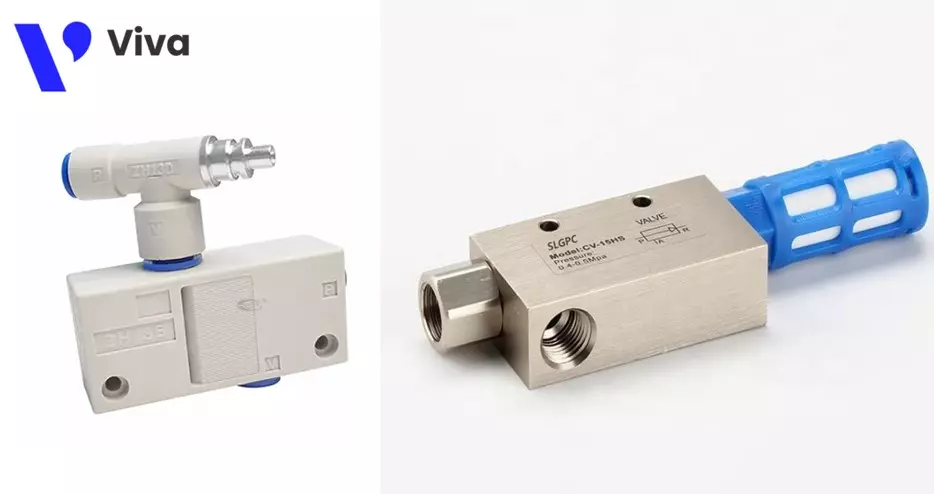
Applications of Vacuum Suction Valves
Vacuum suction valves have applications in various fields, particularly in production lines that utilize compressed air systems. The vacuum suction valve itself (Venturi vacuum generator) cannot be used independently; it is installed in combination with different compressed air devices (compressed air hoses, vacuum cups, pneumatic valves, etc.).
Some examples of the application capabilities of vacuum suction valves include:
- Application in glass manufacturing: Vacuum suction valves are used in conjunction with vacuum cups to secure and move glass panels from one part to another during the production process.
- Application in the food industry: Vacuum suction valves are used in product packaging processes. They can be used to create a vacuum inside packaging or to suction packaged products for transport to subsequent stages.
- Application in automotive production lines: Vacuum suction valves are mounted on robot arms to create suction force at the suction cups. After metal or glass panels are secured, the robot arm moves the object to desired positions.
The specific application examples of vacuum suction valves mentioned above aim to provide readers with a better understanding of the significance of this equipment.
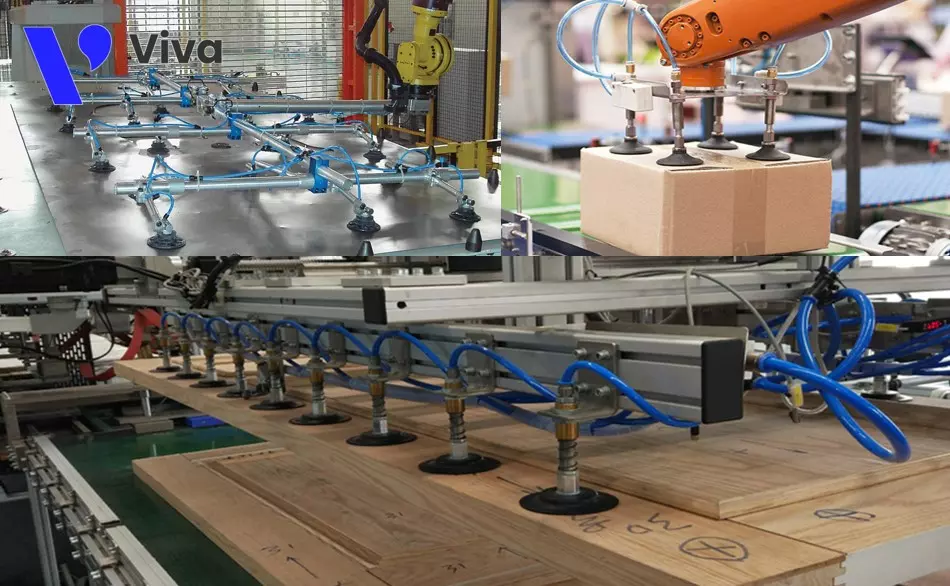



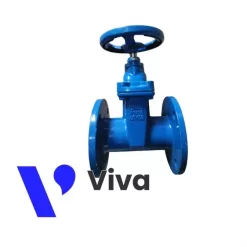

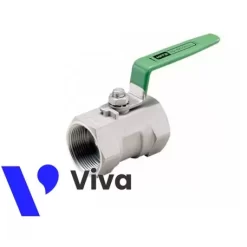
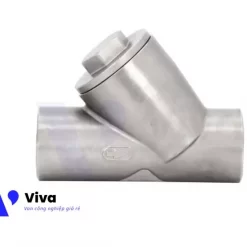
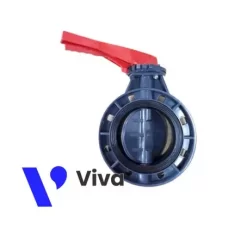
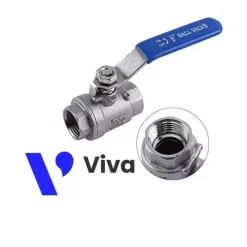

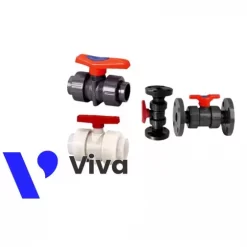
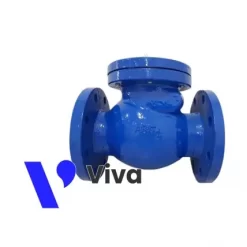
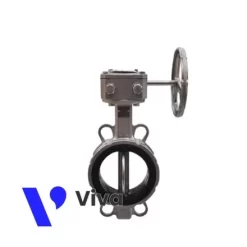
Đánh giá
Chưa có đánh giá nào.